Preserving the Historic Meatpacking District By Telling Its Stories
The area’s history stretches back 400 years
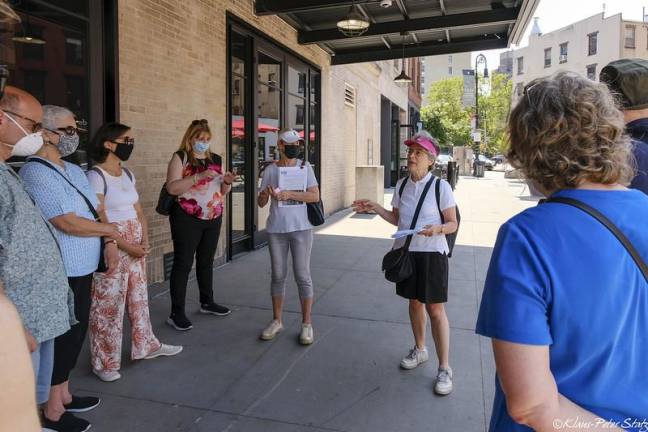
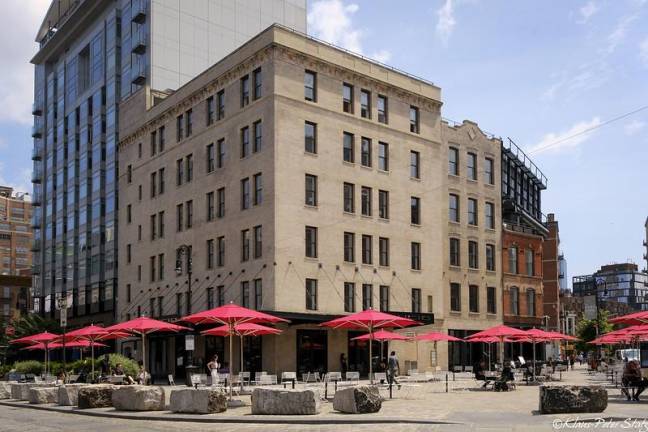
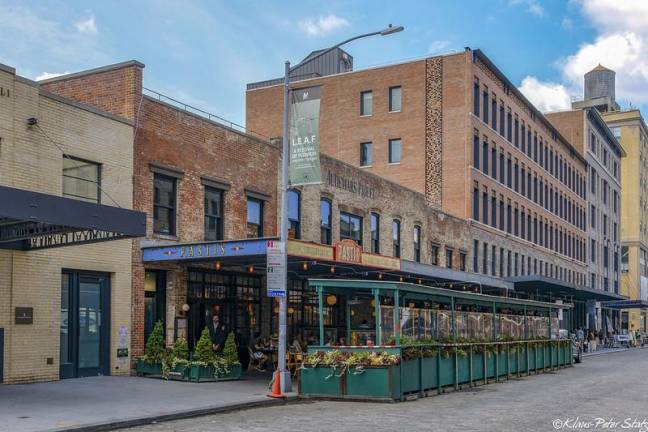
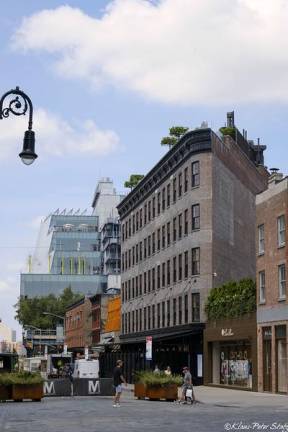
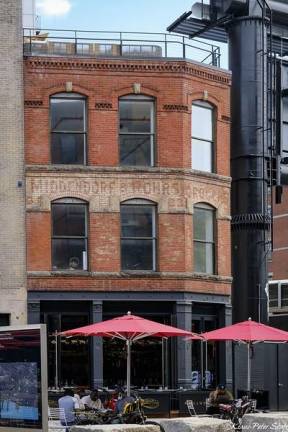
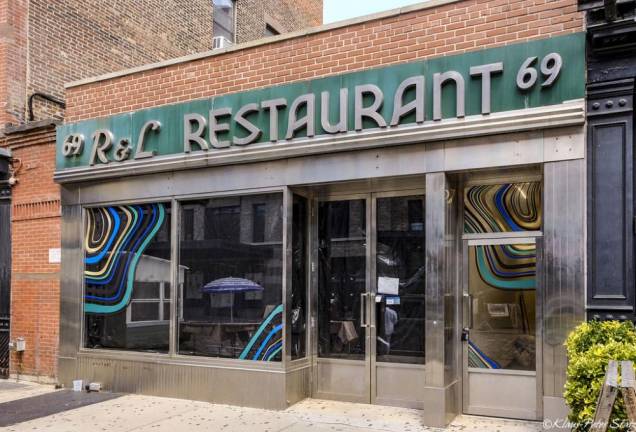
This past weekend, I was delighted to lead over forty NYC history lovers on walking tours of the historic meatpacking district. The walks were just one of more than 250 free events featured during the annual Open House New York celebration. The meatpacking district is now known mostly for its “glitz and glam” and it is considered to be one of New York’s most fashionable neighborhoods. My tour, however, focuses on the area’s multi-layered history which stretches back 400 years – three hundred years before a meat packer moved in!
In addition to highlighting its stunning architecture, I intersperse the stories of those who worked there, including four generations of my own family’s meat purveying business which operated in the meatpacking district since 1918. Outside of instilling a newfound appreciation for the meat purveyors responsible for ensuring diners get a great cut of meat in New York’s famous steakhouses, I hope by sharing my family’s and other stories linked to those of the larger neighborhood, tour goers will be inspired to help ensure future responsible development of this very special area.
The Historic Meatpacking District
Situated at the top of NYC’s Greenwich Village, the meatpacking district spans Horatio Street to West 16th to the north, and Hudson Street to the Hudson River on the west. Showcasing all 400 years of New York City, the area’s first inhabitants were the Lenape people who built a trading post in the unusual five-block intersection now known as Gansevoort Plaza. They also cut a trail across lower Manhattan to the Hudson, coinciding with today’s Gansevoort Street, which aligns with Manhattanhenge. That same street was later lined with kilns that were set up by the Dutch to burn oyster shells for mortar. They also grew tobacco throughout what is now the entire Greenwich Village area.
During the 19th century, a War of 1812 fort named for Peter Gansevoort, the Revolutionary War hero, was built near the Hudson to protect Manhattan from a possible British naval invasion (that never happened!). By mid-century, the area enveloped a burgeoning cluster of small-scale factories and lumber, coal and stone yards. Workers lived in four and five story tenements that, during the next century, lost a top floor or two and gained a metal canopy when converted to market use. The Ninth Avenue Elevated — New York’s first — built in 1868, brought commuters into the area, along with produce to supply a nascent Farmers Market that was later formalized by the city in 1884 as Gansevoort Market.
It was closely followed by the West Washington Market, built by the city in 1889 to house meat, poultry, dairy and egg producers. Representing a first among NYC’s public markets, it enjoyed refrigeration, made possible by an innovative series of submerged pipes that circulated thousands of gallons of brine supplied by the Hudson River. (I suspect those pipes are still under the streets.) The existence of refrigeration ensured that the area would become the center of meat supply in New York City, surpassing the older Washington Market to the south, and Fulton Market to the east.
Just after World War II, the area began a long-term decline, led by the federal highway system and refrigerated trucking that allowed just salable “dressed” meat to come to market. Those developments, in turn, led to industry consolidation in the Midwest (so evident during the recent pandemic). After pioneering many packaging and preservation innovations still used in restaurants and our own kitchens today, in 1986, my own family’s business, Ottman & Company moved to Worcester, Massachusetts (and was eventually sold in 1999).
Other meat purveyors whom we worked side by side with including Master Purveyors, DeBragga & Spitler, and Pat La Frieda, continue to serve NYC restaurants and hotels from their respective locations in Hunts Point Market and New Jersey. J.T. Jobbagy Inc. whose own roots stretch back to the early 20th century, is just one of a handful of purveyors who still serve the local hospitality sector out of the Gansevoort Market Meat Center, a cooperative built by the City in 1949, and located just under what is now the Highline.
Along my walking tour route, which starts in what is now Gansevoort Plaza at the intersection of Little West 12th, Gansevoort and Ninth Avenues, tour goers can take in the notable features of the entire meatpacking district that led to its largely unprecedented 2007 landmarking: sweeping streetscapes representing outstanding examples of Arts & Crafts, NeoGrec and Green Revival Architecture, many of which have been preserved through innovative adaptive reuse strategies; Belgian block pavement (not cobblestones!) that unites the entire neighborhood like a stone carpet; and small scale buildings that enable scenic views of the Highline (formally a freight train that serviced the area) and the Hudson River.
Sharing Stories as a Form of Activism
Since 2016, I have been offering walks and talks of the historic part of the meatpacking district to numerous groups engaged with architectural conservation and NYC history. They include: Village Preservation, Highline docents, the General Society of Mechanics and Tradesmen, the National Arts Club, Friends of the Upper East Side, and Columbia University alums. Without fail, the highlights of my efforts seem to be the stories I share of my own and other, mostly immigrant, family meat businesses. I have joined a growing chorus of New Yorkers who increasingly believe it is imperative to share details of the real-life experiences of those who actually worked within the buildings and neighborhood.
My memoir-sharing was validated when I was engaged by the Historic Districts Council to conduct a walk for a mid-summer conference this year on the power of defining the cultural importance of the meatpacking district. Notes Michelle Arbulu of the Council: “Ottman’s deep grasp of the history of the area, combined with the fact that she and other family members experienced life in the district firsthand, instills in her audiences an appreciation of the many cultural layers still present in the meatpacking district today. That appreciation can activate efforts to preserve the buildings as much as their stunning architecture.”
Jacquelyn Ottman is a fifth generation member of one of New York’s premier families of meat purveyors to city restaurants, and the author of Ottman & Company: Meatpacking District Pioneers. To help preserve the history of the meatpacking district and her family’s story, which began in the Fulton Market of 1850, she regularly conducts walking tours and online and in-person talks for the New York Adventure Club and other groups. More information can be found at: https://www.wehatetowaste.com/MEATPACKING